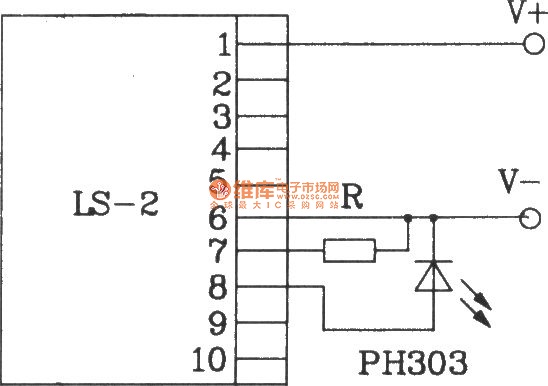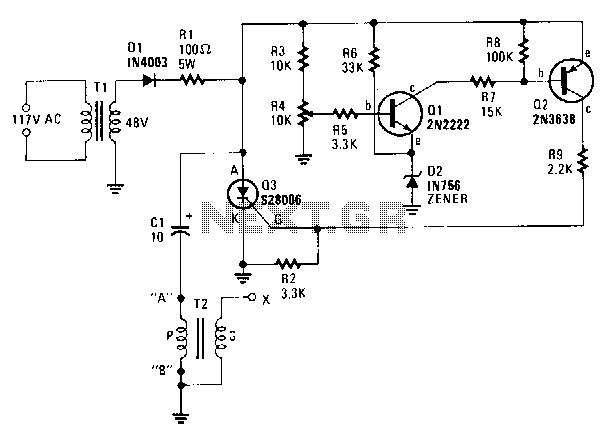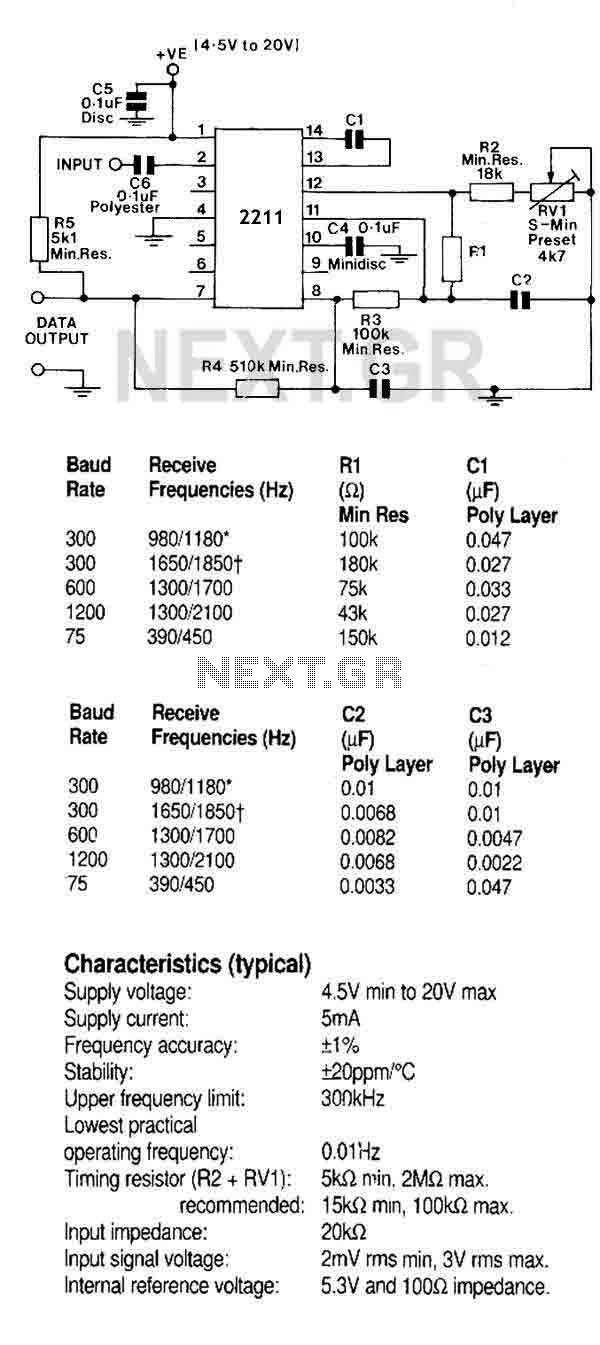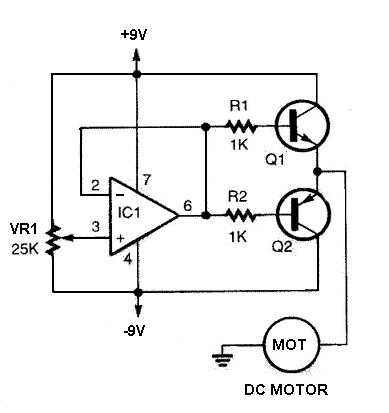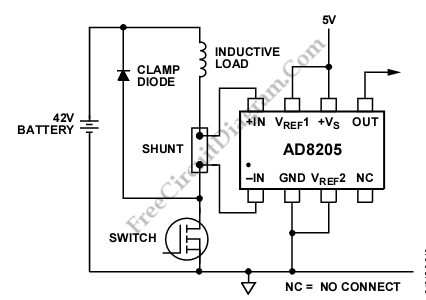
800MHz to 2.7GHz High Linearity Direct Conversion Quadrature Demodulator
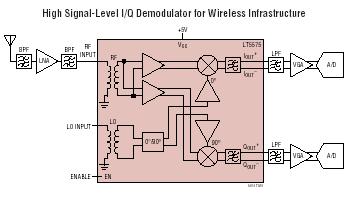
The LT5575 is an 800MHz to 2.7GHz direct conversion quadrature demodulator optimized for high linearity receiver applications. It is suitable for communications receivers where an RF signal is directly converted into I and Q baseband signals with a bandwidth of up to 490MHz. The LT5575 incorporates balanced I and Q mixers, local oscillator (LO) buffer amplifiers, and a precision high-frequency quadrature phase shifter. The integrated on-chip broadband transformers provide 50-ohm single-ended interfaces at the RF and LO inputs. Only a few external capacitors are needed for its application in an RF receiver system. The high linearity of the LT5575 provides excellent spur-free dynamic range for the receiver. This direct conversion demodulator can eliminate the need for intermediate frequency (IF) signal processing, as well as the corresponding requirements for image filtering and IF filtering. Channel filtering can be performed directly at the outputs of the I and Q channels. These outputs can interface directly to channel-select filters (low-pass filters) or to baseband amplifiers.
The LT5575 is designed for high-performance communication systems that operate within the frequency range of 800 MHz to 2.7 GHz. Its architecture allows for the direct conversion of radio frequency (RF) signals into in-phase (I) and quadrature (Q) baseband signals, facilitating the processing of signals with a bandwidth of up to 490 MHz. The balanced mixers for I and Q channels ensure that the demodulation process maintains high linearity, which is crucial for achieving a high spur-free dynamic range.
The inclusion of local oscillator (LO) buffer amplifiers enhances the stability and integrity of the LO signal, which is critical for proper demodulation. A precision quadrature phase shifter is also integrated, ensuring accurate phase alignment between the I and Q signals, which is essential for effective signal processing and minimizing distortion.
The on-chip broadband transformers simplify the interface requirements by providing 50-ohm single-ended connections at both the RF and LO inputs, reducing the need for complex external matching networks. This design minimizes the number of external components required, typically limiting the additional components to a few capacitors, which streamlines the overall system design.
The elimination of intermediate frequency (IF) processing not only simplifies the receiver architecture but also reduces the need for additional filtering stages, such as image and IF filters. This direct conversion approach allows for more efficient channel filtering, which can be performed directly at the outputs of the I and Q channels, enabling direct connection to low-pass filters or baseband amplifiers.
This demodulator is particularly beneficial for applications that demand high performance, such as in wireless communications, radar systems, and other RF applications where signal integrity and processing efficiency are paramount. The LT5575's design and performance characteristics make it a valuable component in modern RF receiver architectures.The LT5575 is an 800MHz to 2. 7GHz direct conversion quadrature demodulator optimized for high linearity receiver applications. It is suitable for communications receivers where an RF signal is directly converted into I and Q baseband signals with bandwidth up to 490MHz. The LT5575 incorporates balanced I and Q mixers, LO buffer ampli ¬ ers and a precision, high frequency quadrature phase shifter. The integrated on-chip broadband transformers provide 50 © single-ended interfaces at the RF and LO inputs. Only a few external capacitors are needed for its application in an RF receiver system. The high linearity of the LT5575 provides excellent spurfree dynamic range for the receiver. This direct conversion demodulator can eliminate the need for intermediate frequency (IF) signal processing, as well as the corresponding requirements for image filtering and IF filtering.
Channel ¬ ltering can be performed directly at the outputs of the I and Q channels. These outputs can interface directly to channel-select filters (LPFs) or to baseband amplifiers. * The USA list pricing shown is for BUDGETARY USE ONLY, shown in United States dollars (FOB USA per unit for the stated volume), and is subject to change. International prices may differ due to local duties, taxes, fees and exchange rates. For volume-specific price or delivery quotes, please contact your local Linear Technology sales office or authorized distributor.
Linear Technology offers many demo boards free of charge to qualified customers. Contact your local sales office or distributor to inquire about a demo board. Certain demo boards are also available for sale via credit card on this website. Demo boards are for evaluation purposes only. It remains the customer`s responsibility to verify proper and reliable operation in the actual end application. 🔗 External reference
The LT5575 is designed for high-performance communication systems that operate within the frequency range of 800 MHz to 2.7 GHz. Its architecture allows for the direct conversion of radio frequency (RF) signals into in-phase (I) and quadrature (Q) baseband signals, facilitating the processing of signals with a bandwidth of up to 490 MHz. The balanced mixers for I and Q channels ensure that the demodulation process maintains high linearity, which is crucial for achieving a high spur-free dynamic range.
The inclusion of local oscillator (LO) buffer amplifiers enhances the stability and integrity of the LO signal, which is critical for proper demodulation. A precision quadrature phase shifter is also integrated, ensuring accurate phase alignment between the I and Q signals, which is essential for effective signal processing and minimizing distortion.
The on-chip broadband transformers simplify the interface requirements by providing 50-ohm single-ended connections at both the RF and LO inputs, reducing the need for complex external matching networks. This design minimizes the number of external components required, typically limiting the additional components to a few capacitors, which streamlines the overall system design.
The elimination of intermediate frequency (IF) processing not only simplifies the receiver architecture but also reduces the need for additional filtering stages, such as image and IF filters. This direct conversion approach allows for more efficient channel filtering, which can be performed directly at the outputs of the I and Q channels, enabling direct connection to low-pass filters or baseband amplifiers.
This demodulator is particularly beneficial for applications that demand high performance, such as in wireless communications, radar systems, and other RF applications where signal integrity and processing efficiency are paramount. The LT5575's design and performance characteristics make it a valuable component in modern RF receiver architectures.The LT5575 is an 800MHz to 2. 7GHz direct conversion quadrature demodulator optimized for high linearity receiver applications. It is suitable for communications receivers where an RF signal is directly converted into I and Q baseband signals with bandwidth up to 490MHz. The LT5575 incorporates balanced I and Q mixers, LO buffer ampli ¬ ers and a precision, high frequency quadrature phase shifter. The integrated on-chip broadband transformers provide 50 © single-ended interfaces at the RF and LO inputs. Only a few external capacitors are needed for its application in an RF receiver system. The high linearity of the LT5575 provides excellent spurfree dynamic range for the receiver. This direct conversion demodulator can eliminate the need for intermediate frequency (IF) signal processing, as well as the corresponding requirements for image filtering and IF filtering.
Channel ¬ ltering can be performed directly at the outputs of the I and Q channels. These outputs can interface directly to channel-select filters (LPFs) or to baseband amplifiers. * The USA list pricing shown is for BUDGETARY USE ONLY, shown in United States dollars (FOB USA per unit for the stated volume), and is subject to change. International prices may differ due to local duties, taxes, fees and exchange rates. For volume-specific price or delivery quotes, please contact your local Linear Technology sales office or authorized distributor.
Linear Technology offers many demo boards free of charge to qualified customers. Contact your local sales office or distributor to inquire about a demo board. Certain demo boards are also available for sale via credit card on this website. Demo boards are for evaluation purposes only. It remains the customer`s responsibility to verify proper and reliable operation in the actual end application. 🔗 External reference
